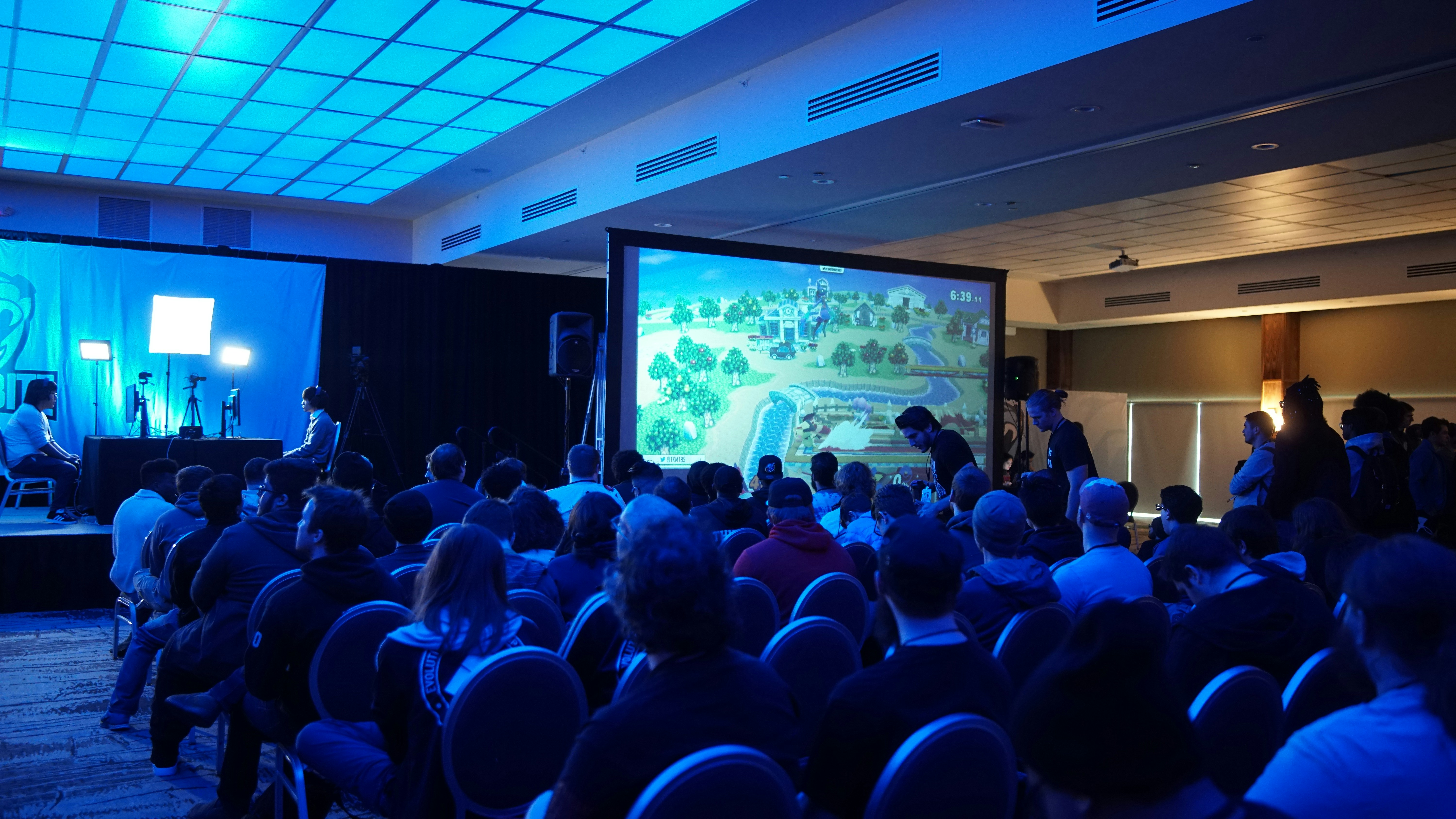Terrain and Emotion: Impact of Game Environments on Player Psychology
In the vibrant world of gaming, it’s easy to get lost in stunning visuals, exhilarating gameplay, and the thrill of competition. But what often goes overlooked is the profound psychological impact that in-game environments have on our mental states. Terrain and Emotion: The Unexplored Psychological Impact of In-Game Environments on Player Mental States dives into this fascinating interaction, highlighting how the landscapes we traverse in our favorite games can shape our thoughts, feelings, and ultimately, our well-being.
The Interplay Between Terrain and Player Emotions
The environments we encounter in games are more than just backdrops; they are integral to the player's emotional journey. A well-designed landscape can evoke feelings ranging from joy to anxiety, nostalgia to eeriness. One of the most profound examples of this can be found in games like Journey, where the vast, arid landscapes mirror the player's solitary quest and elicit emotions that resonate deeply.
Understanding this interplay involves delving into environmental psychology, a field that examines how our surroundings influence our emotional states. Research has consistently shown that natural environments tend to promote psychological well-being—think of the calming effect of forests or oceans. Games often recreate these environments, sometimes even blurring the lines between reality and the virtual world. A compelling read on this is the complex storytelling within game landscapes, which illustrates how terrain can encapsulate narrative layers that impact players on an emotional level.
The Role of Aesthetics and Game Design
Color, light, and sound design in-game environments can drastically affect player emotions. Certain colors might invoke feelings of safety or danger, while lighting can create an ambiance of hope or dread. Consider a lush forest teeming with sunlight; it feels welcoming and peaceful compared to a gloomy, dilapidated space haunted by shadows.
The meticulous craft behind gaming environments calls for expertise. Designers utilize principles of color psychology, employing hues that evoke specific reactions. Let’s say a level is bathed in warm colors—these choices typically enhance feelings of comfort and connection. On the flip side, cold, sterile environments can induce isolation and fear, an aspect very much employed in horror games.
A fantastic exploration into this realm is found in the article “The Psychology of Color in Game Design”, which discusses how the choice of colors in game development isn't merely aesthetic; it’s a powerful emotional tool.
The Emotional Journey: Gameplay Mechanics that Heighten Sentiments
Game mechanics themselves can also induce emotional responses based on how terrain is structured. Take Dark Souls, for instance. The bleak, foreboding landscapes are a key part of its DNA, pushing players to experience feelings of frustration and triumph with each victory against powerful enemies. This contrast between beauty and hardship not only creates a deeper emotional resonance but also leaves players reflecting on their journey long after the console is turned off.
Moreover, advanced gameplay mechanics like exploration or item quests create a sense of achievement when navigating through intricate landscapes. The relationship players build with their environment can lead to long-lasting emotional attachments, as shown in tales shared by gamers who reminisce about their experiences in those worlds. Some even argue that these environments serve not just as a canvas but as characters in their own right, driving the narrative forward.
The Therapeutic Use of Game Environments
As our understanding of mental health evolves, more professionals are turning to gaming as a therapeutic tool. Eco-gaming, for example, shines a spotlight on environmental narratives that encourage players to reflect on climate consciousness and real-world ecological challenges. With the right design, these digital landscapes aren't just virtual experiences—they can foster awareness and inspire real change.
In the realm of mental health, the gamification of therapy is rapidly gaining traction. Games like Animal Crossing or Stardew Valley, with their serene, idyllic environments, have been noted for their calming effects on anxious players. These "virtual retreats" allow individuals to unwind in a low-stress environment, promoting emotional well-being through sustainable world-building.
Crafting Safe Spaces in Gaming
On the flip side, game designers are now more cognizant about inclusivity and making players feel safe and valued within digital worlds. Aspects such as customization of avatars or safe zones within competitive games foster a sense of belonging and individual expression, which are crucial for mental health.
The psychology of player avatars is an equally interesting subject. Players often gravitate toward avatars that reflect their ideal selves, allowing them to experiment with identities that affect their emotional state. Through personalized gameplay, players build resilience and confidence, which extends well beyond the confines of the game.
Psychological Theories Embedded in Game Design
As we delve deeper, it’s clear that many game designers incorporate psychological theories into their creations—from Maslow's Hierarchy of Needs contemplating self-actualization through achievement, to Flow Theory, which indicates that an ideal gaming experience balances challenges and skills.
For example, the myriad challenges in The Legend of Zelda: Breath of the Wild momentarily whisk players away from their daily worries, allowing for hours spent in exploration and problem-solving, thus fostering a sense of accomplishment and fulfillment.
The Nature of NPC Interactions
Non-player characters (NPCs) also play a crucial role in shaping player emotions and mental states. The interactions set within a well-crafted environment can instill feelings of empathy, risk, or even guilt. In games like The Witcher 3, player decisions impact relationships with NPCs and the environment itself, mirroring the moral complexities of real life. The role of NPCs in mental health should not be understated, as these characters can help reflect our societal values and norms.
In future releases, we may see even more advanced AI companions that offer responses tailored to the player’s emotional state. This innovation can open up gameplay avenues that make us feel more connected and understood within the game’s world.
Conclusion: The Future of In-Game Environments and Player Mentality
As we continue to explore the psychological depths of gaming environments, the industry must remain committed to enhancing these virtual landscapes for player benefit. Will we see more initiatives like eco-gaming that promote real-world change through digital experiences? Undoubtedly. Will emotional intelligence play an increasing role in game design? It is imperative.
For developers and players alike, understanding how terrain, aesthetics, mechanics, and narratives shape our emotional health is invaluable. As gaming continues to evolve in the coming years, let's embrace the responsibility to nurture these connections for better mental health. Whether through fostering empathy or providing therapeutic spaces, the fascinating interplay of terrain and emotion undeniably paves the way forward for a more thoughtful gaming landscape.
Final Thoughts
The psychological impacts of in-game environments are paramount to understanding our emotional responses as gamers. By being aware of how they influence our mental states, we open the doors to richer, more meaningful gaming experiences. So the next time you log in to your favorite game, take a moment to reflect on the terrain you’re navigating. It might just unlock new layers of appreciation for the art and science behind it all.












